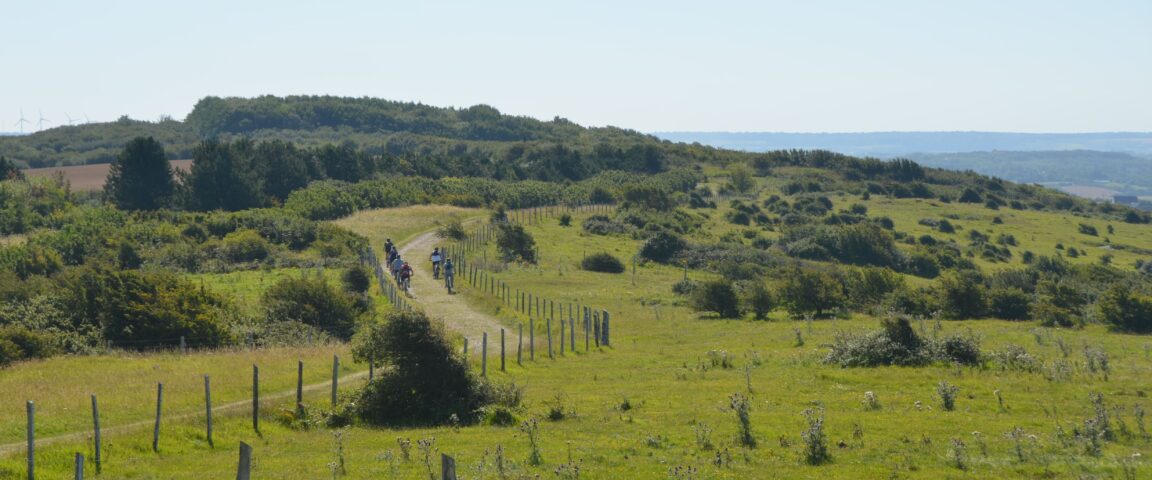Fortress of Mimoyecques
The fortress of Mimoyecques is a site combining history, biodiversity and geology. Carved into a Cretaceous chalk hillside, this structure illustrates the power of the natural forces that have shaped the landscape.
Landrethun-le-Nord
Check before visiting as the site opening varies
Adult €7, Child (6-16) €5.50, Family (2+2) €16, Guided tours +€2
Picnic area
Facilities
- Cycle parking
- Dogs welcome
- Visitor information available
- Disabled parking
- Café
- Car parking
- Toilets
- Accessible footpaths
Geosite details
The fortress of Mimoyecques is a site combining history, biodiversity and geology. Carved into a Cretaceous chalk hillside, this structure illustrates the power of the natural forces that have shaped the landscape. A former German missile launch base during the Second World War, it reveals a rich military past.
Today, a museum tour allows you to explore this fortress, which is also home to colonies of bats in its chalk caves. This site is a testament to the interplay between human history and nature, offering visitors a glimpse into the biodiversity that thrives in these spaces. In short, Mimoyecques is a place where geology, biodiversity and historical heritage meet, creating an enriching experience for all.
